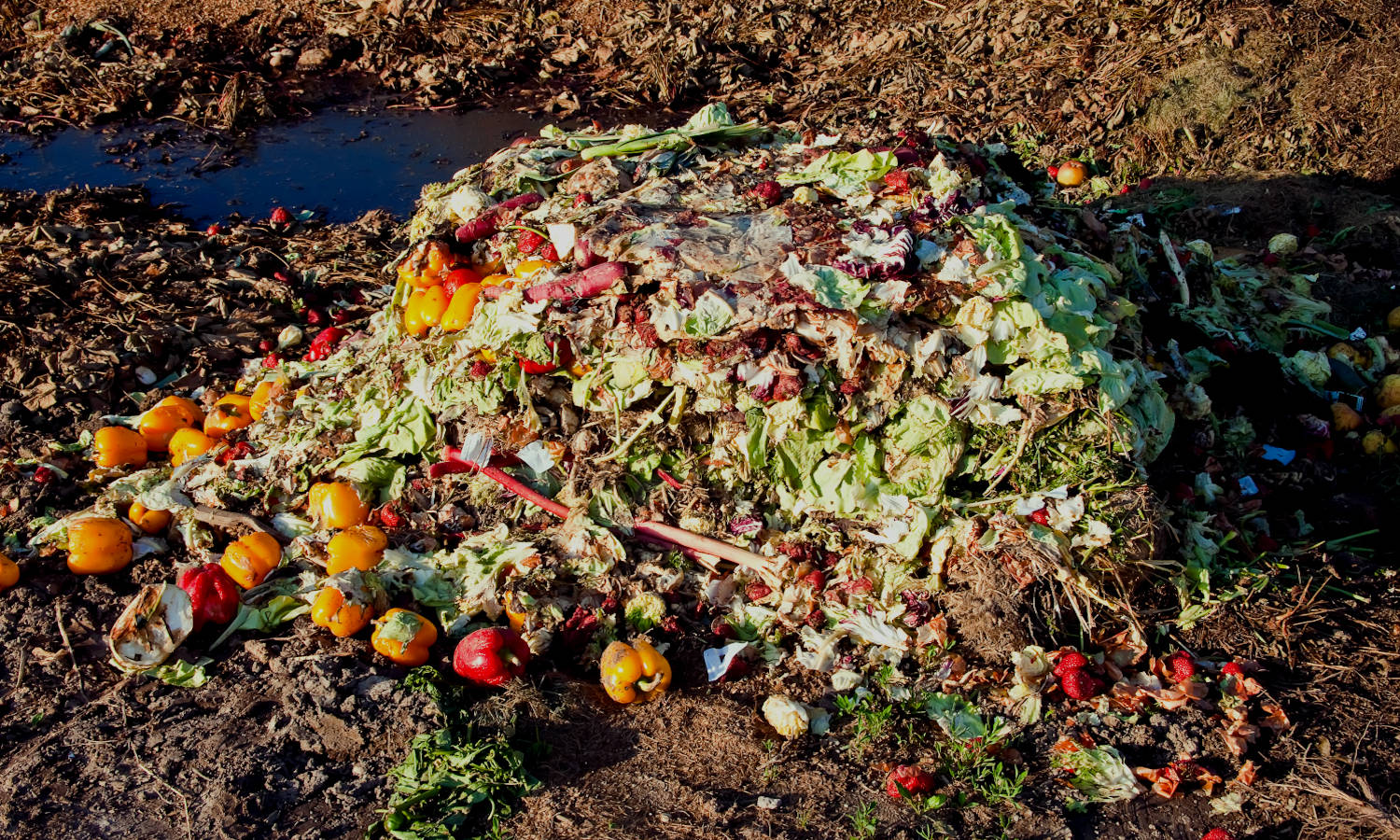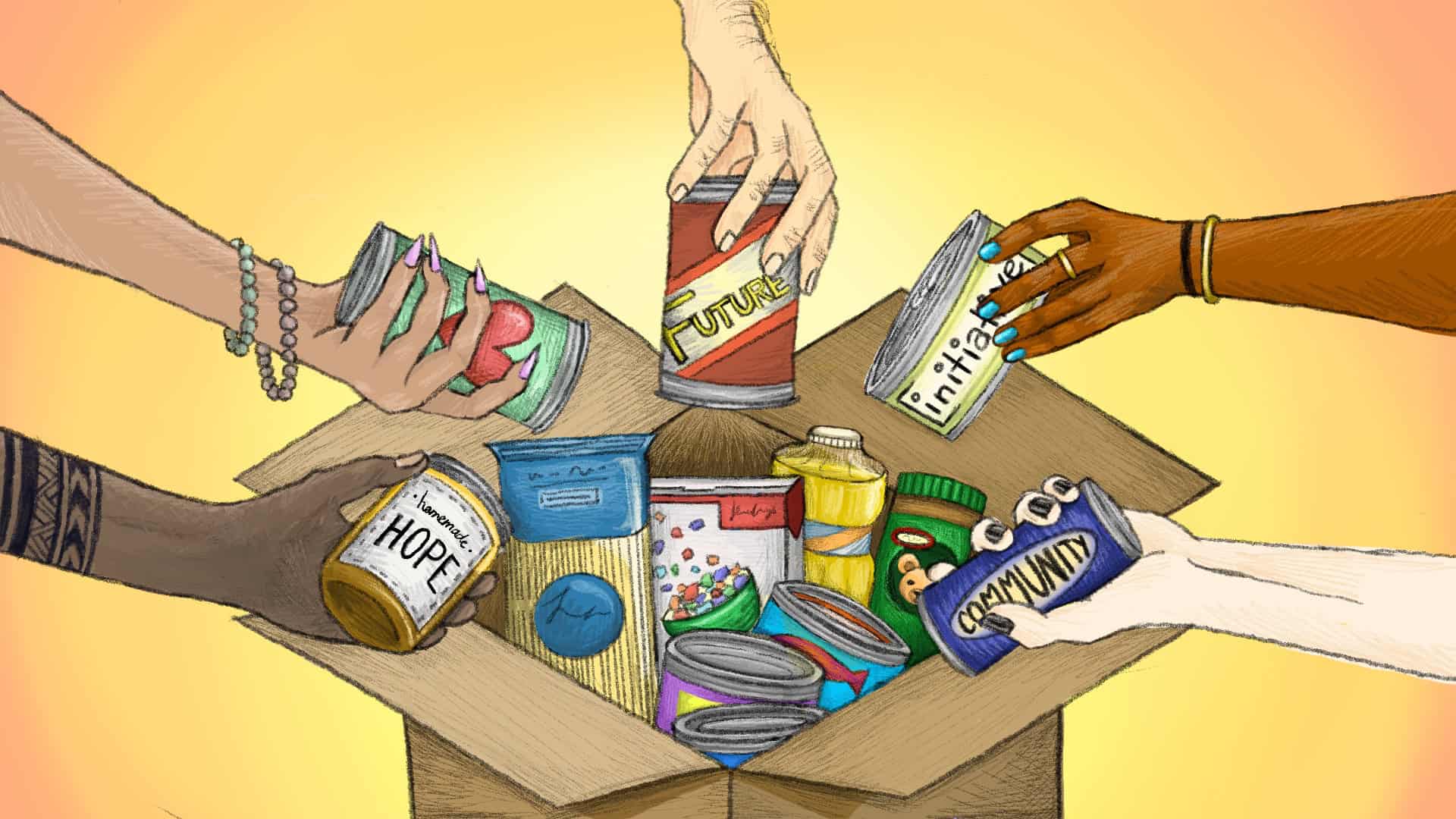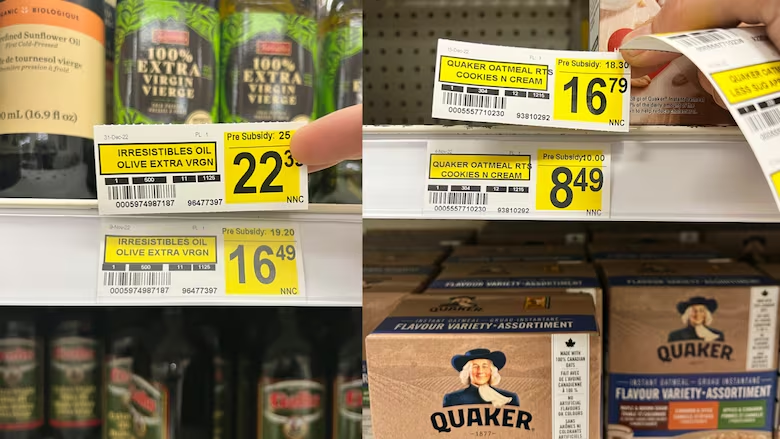Pioneer
Creative
Community
corder.com

While millions of Canadians face food insecurity, billions of dollars' worth of edible food is discarded every year. This article reveals the scale, sources, and solutions behind Canada's massive food surplus problem — and how Corder can help.
"Wasted food is wasted opportunity — let’s redirect it to those who need it."
The Scale of Waste
According to Second Harvest's 2022 report:
• 46.5% of all food produced in Canada is lost or wasted each year.
• 41.7% of that waste — over $58 billion worth — is completely avoidable.
• That’s 8.8 million tonnes of edible food, enough to feed 17 million people three meals a day for a year.
Where It Happens
Food loss occurs at every stage:
• Farms: Crops go unharvested due to cosmetic standards or market prices.
• Processing & Retail: Overproduction and date label confusion lead to mass disposal.
• Households: The average Canadian throws out over 140 kg of food annually — often still edible.
The Environmental Cost
Avoidable food waste creates 25.7 million tonnes of CO₂ every year. That’s equivalent to:
• 253,000 commercial flights between Toronto and Vancouver.
• Or powering 2.1 million homes for an entire year.
Solutions Within Reach
Experts recommend:
• Standardizing date labels to reduce confusion.
• Scaling food recovery programs like Second Harvest.
• Educating households on storage, freezing, and portion planning.
• Supporting food redistribution tech — like our Farmers App.
The Role of Corder
Corder connects surplus produce from local farms and suppliers directly to student buyers and communities. By activating group-buying and efficient delivery, we help:
• Prevent food loss at the source.
• Lower food costs for those in need.
• Support a circular, sustainable food economy.
"A system that throws away food while people go hungry is a system in need of reinvention."
Sources
- Second Harvest. (2022). The Avoidable Crisis of Food Waste.
- National Zero Waste Council. (2020). Food Waste in Canada: A Roadmap.
- WRAP Canada. (2019). Household Food Waste Study.
- Environment and Climate Change Canada. (2021). Waste Management Reports.

